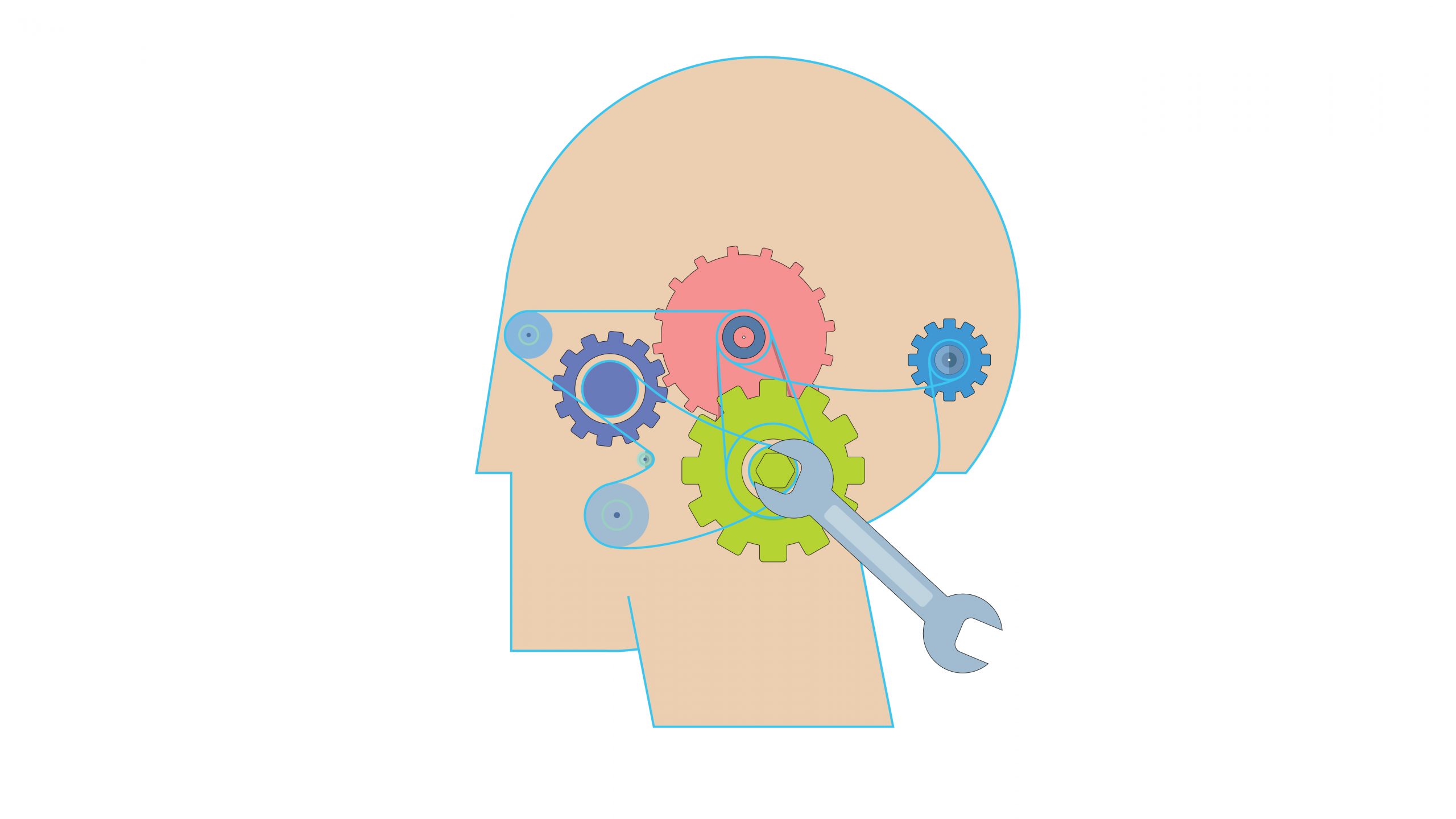Large Language Models

What are Large Language Models?
Large language models refer to sophisticated algorithms and neural networks that are designed to understand and generate human language. These models have become increasingly popular and powerful in recent years, thanks to advancements in deep learning and natural language processing. Large language models are capable of processing vast amounts of text data and learning complex patterns and structures within language. They can be trained on a diverse range of data sources, including books, articles, websites, and even social media posts.
The primary goal of large language models is to generate human-like text that is coherent and contextually relevant. They achieve this by analyzing the relationships between words, phrases, and sentences, and by learning from the patterns they observe in the training data. By doing so, these models can generate responses to queries, write articles, summarize texts, translate languages, and even engage in conversation with users.
One of the key advantages of large language models is their ability to improve over time. As they process more and more data, they become more accurate and better at understanding and generating human language. This continuous improvement allows these models to adapt to new trends, slang, and changes in language usage. Moreover, large language models have the potential to revolutionize various industries such as customer service, content creation, and education.
However, large language models also come with certain challenges and ethical concerns. One major concern is the potential for biased or harmful outputs. If the training data contains biases or controversial content, the model may inadvertently reproduce these biases or generate inappropriate content. Additionally, there are concerns about the environmental impact of large language models due to their energy-intensive training processes.
In conclusion, large language models have the potential to transform the way we interact with technology and process human language. While they offer numerous benefits, it is crucial to address the ethical considerations associated with their development and deployment. By ensuring transparency, accountability, and responsible use of these models, we can harness their potential for positive impact while mitigating potential risks.
Related Article: https://www.scribbledata.io/large-language-models-history-evolutions-and-future/
Related Resources

Fine-tuning Large Language Models: Complete Optimization Guide
Let’s say you buy a high-performance sports car, fresh off the production line. It’s capable, versatile, and ready to take on most driving conditions with ease. But what if you have a specific goal in mind – let’s say, winning a championship in off-road rally racing? The sports car, for all its inherent capabilities, would […]
Read More
Large Language Models 101: History, Evolution and Future
Imagine walking into the Library of Alexandria, one of the largest and most important libraries of the ancient world, filled with countless scrolls and books representing the accumulated knowledge of the entire human race. It’s like being transported into a world of endless learning, where you could spend entire lifetimes poring over the insights of […]
Read More
Mastering Generative AI: A comprehensive guide
The year was 2018. Art enthusiasts, collectors, and critics from around the world gathered at Christie’s, one of the most prestigious auction houses. The spotlight was on a unique portrait titled “Edmond de Belamy.” At first glance, it bore the hallmarks of classical artistry: a mysterious figure, blurred features reminiscent of an old master’s touch, […]
Read MoreStay updated on the latest and greatest at Scribble Data
Sign up to our newsletter and get exclusive access to our launches and updates


